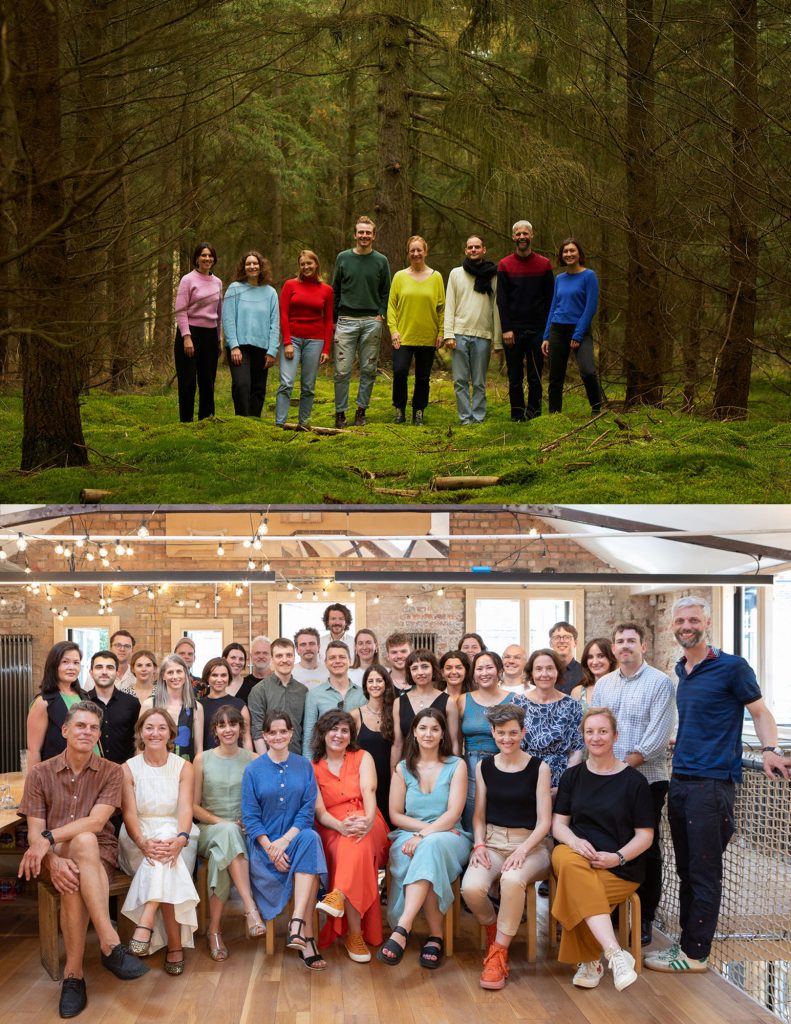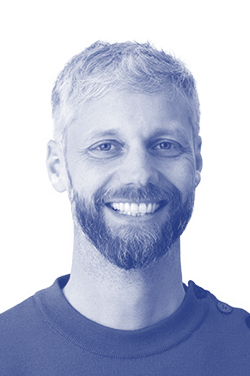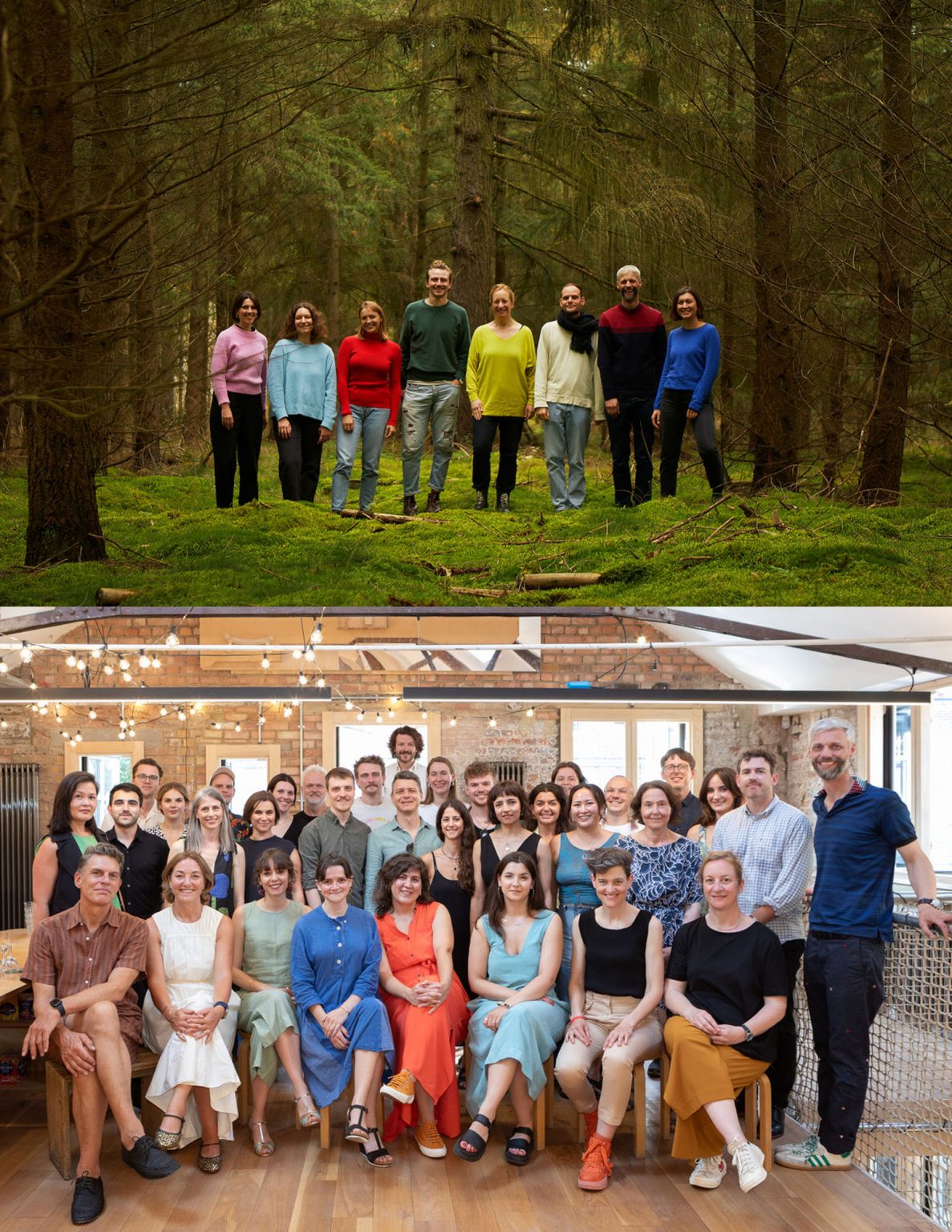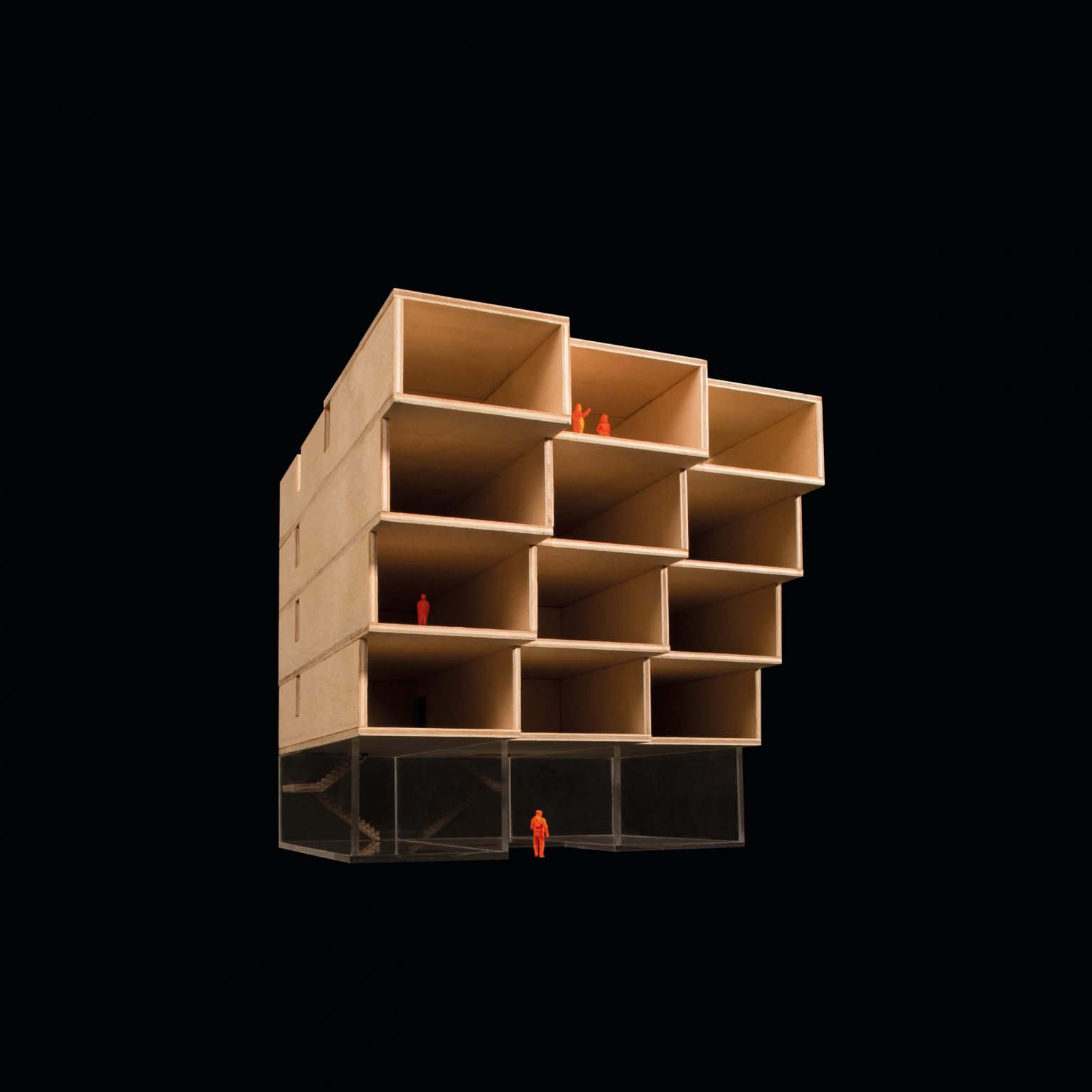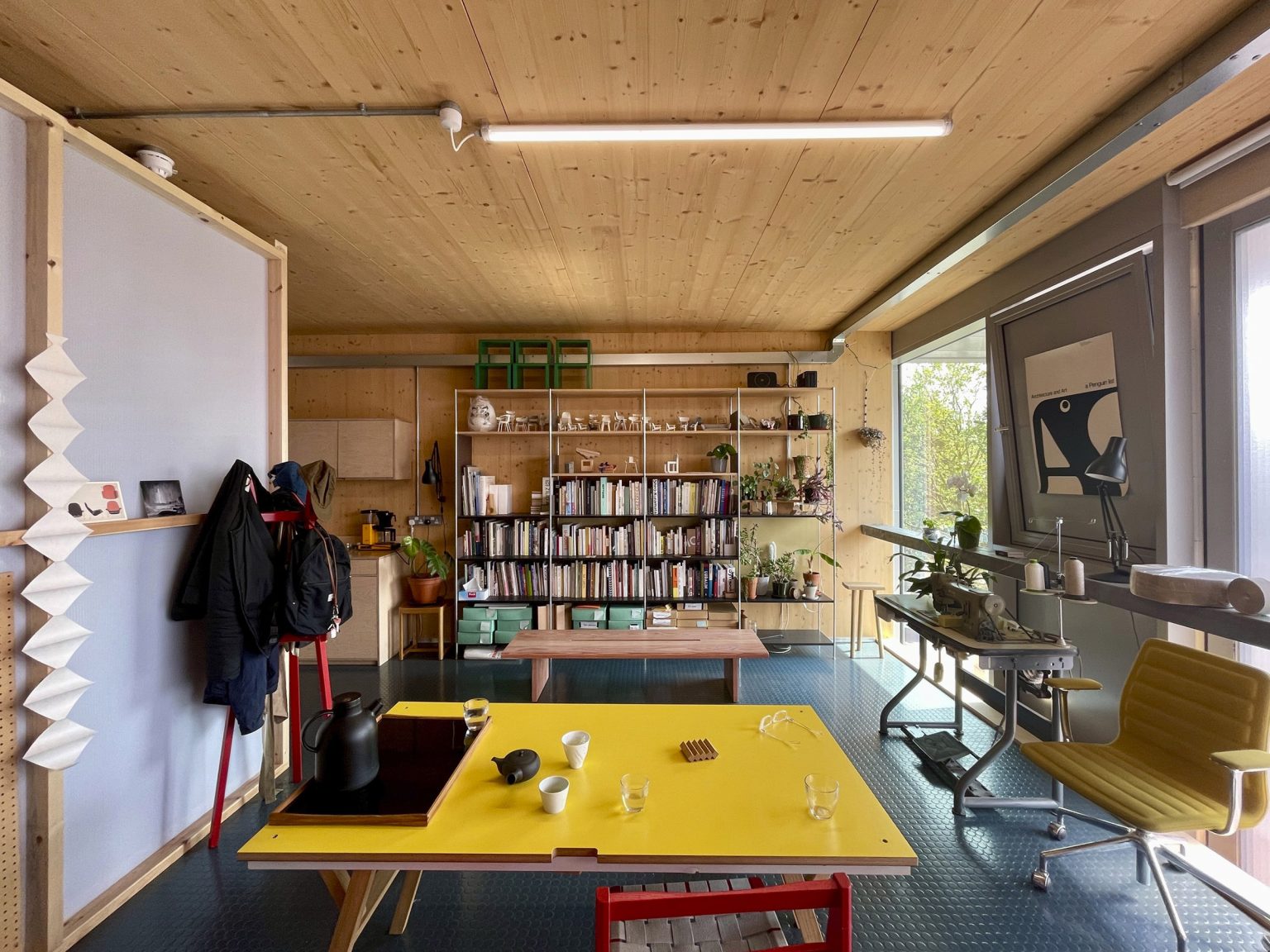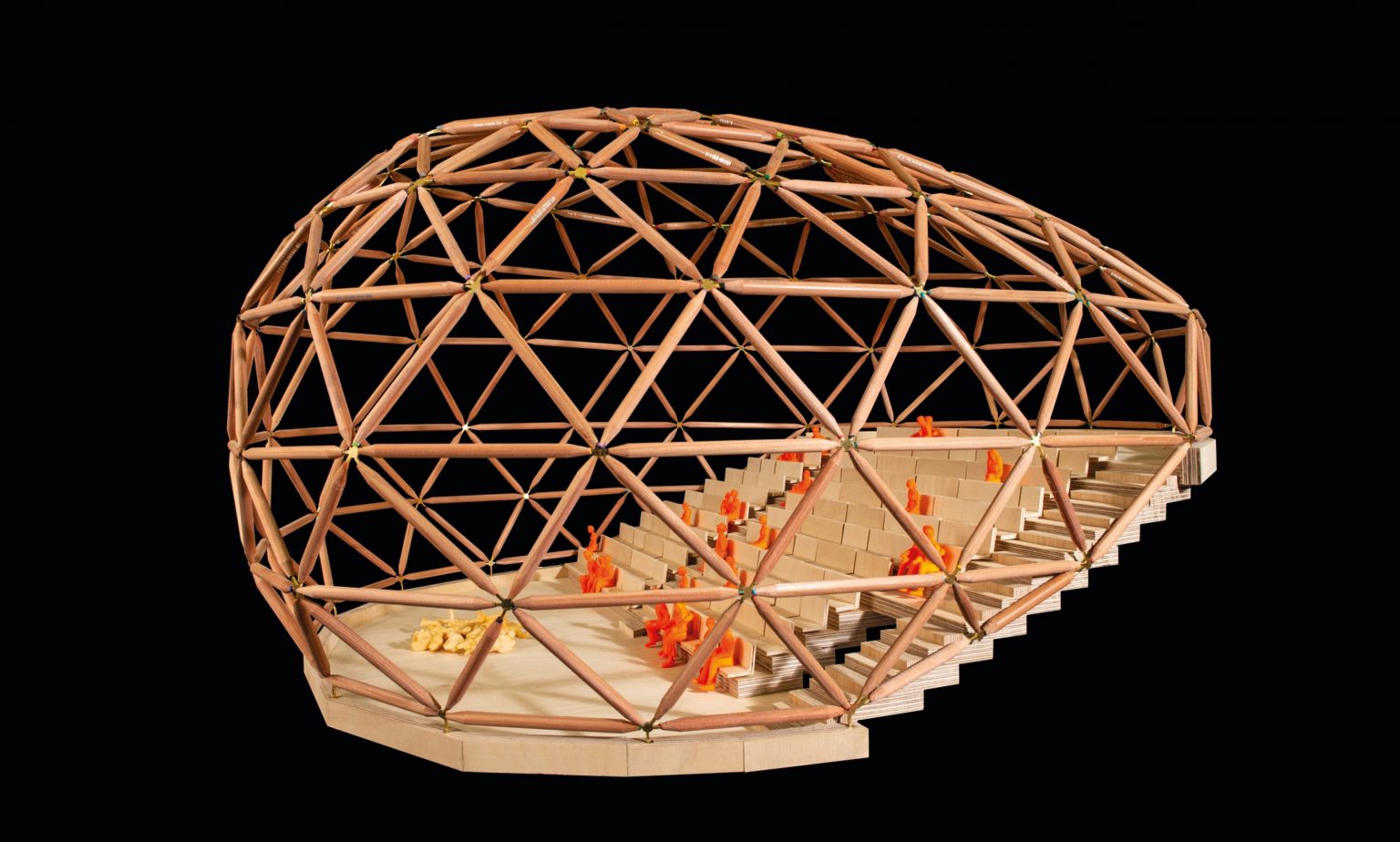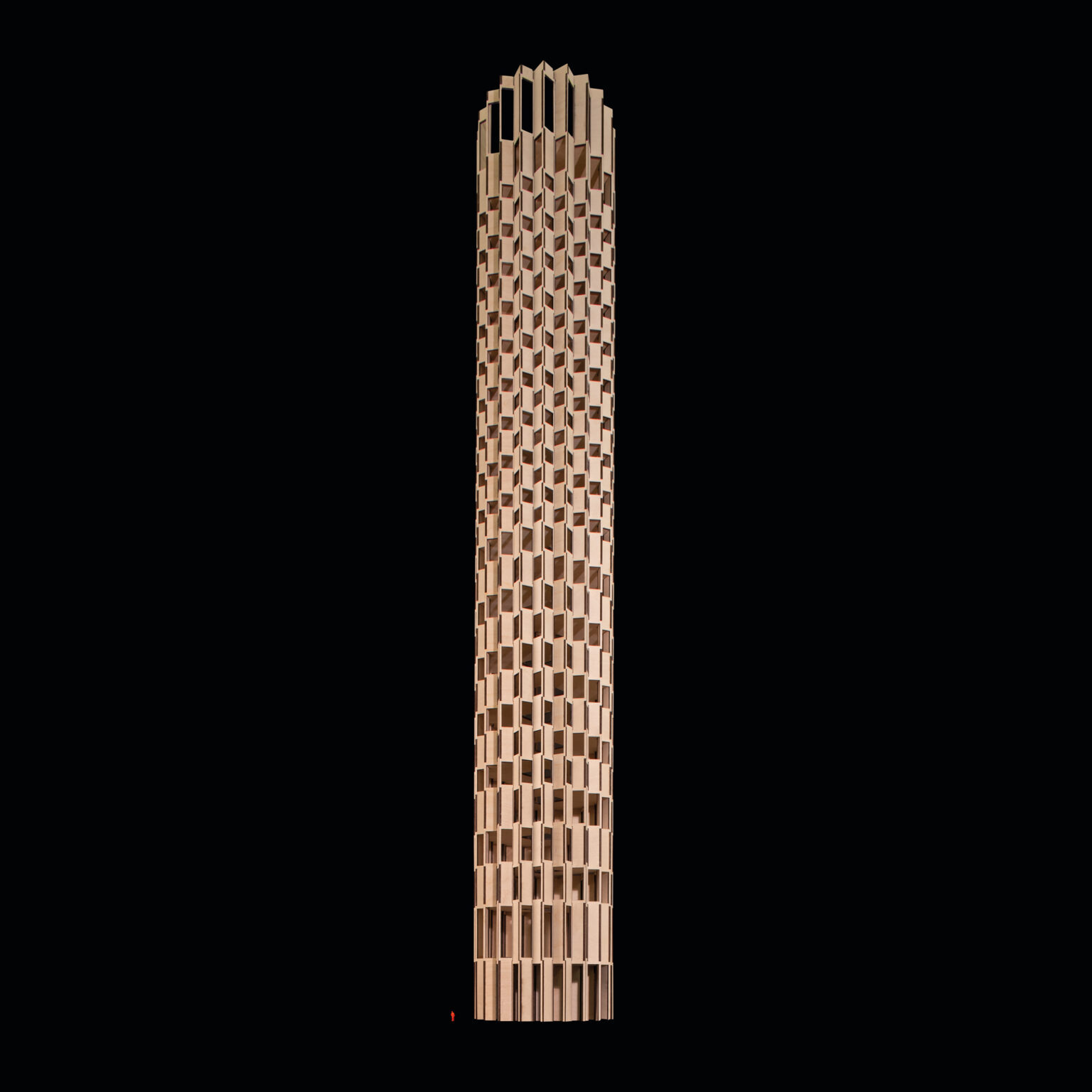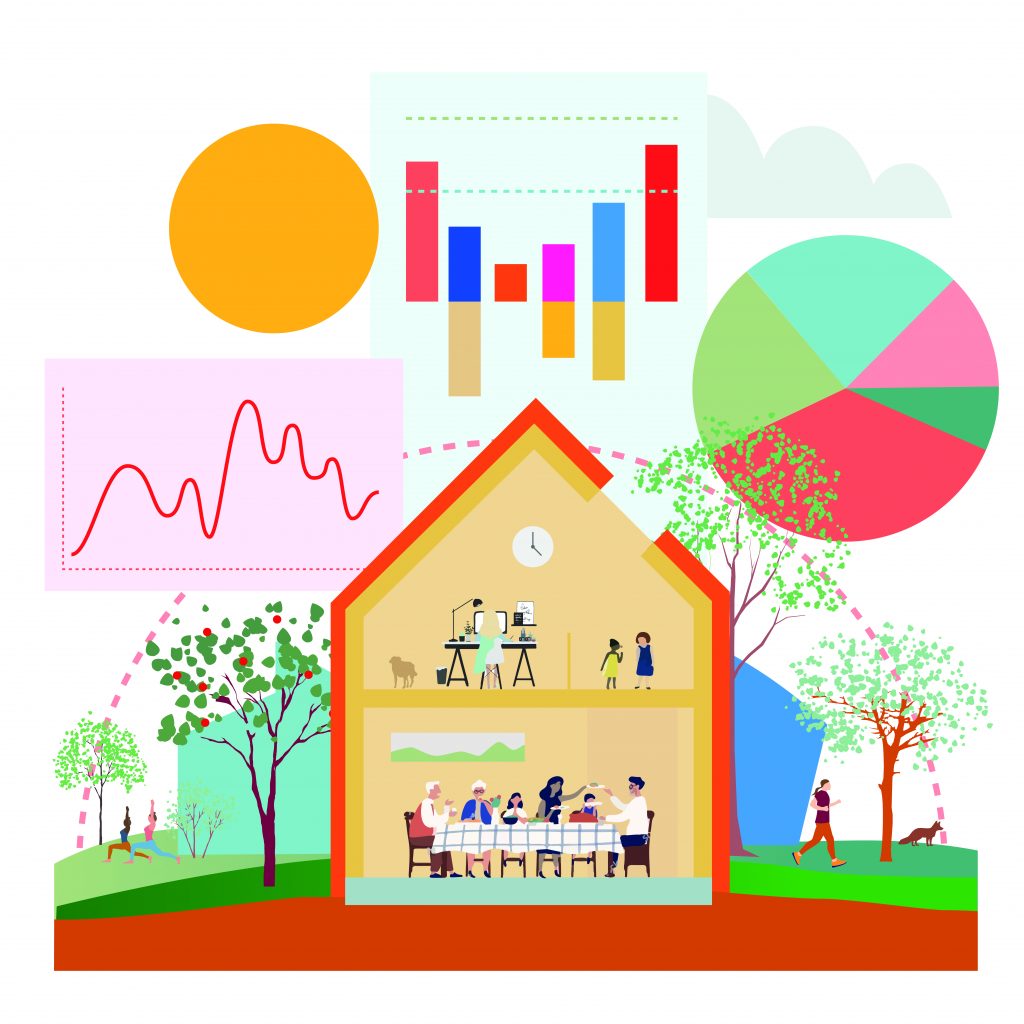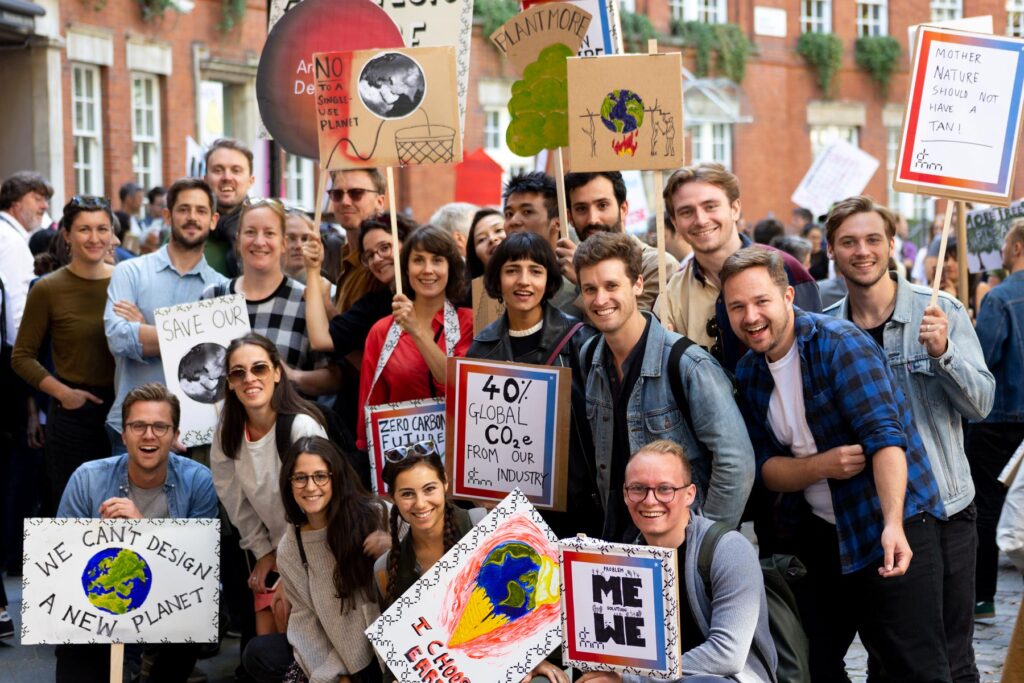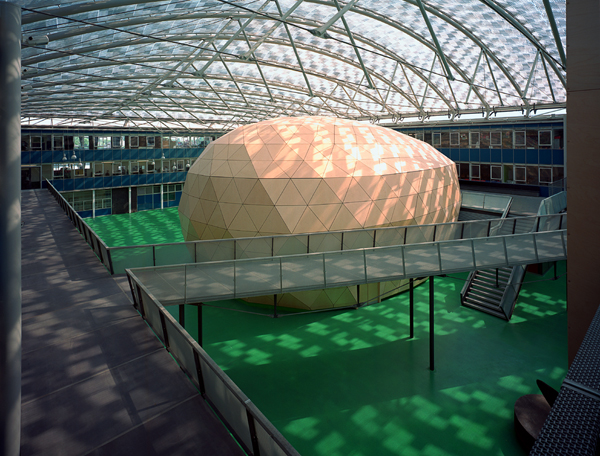At dRMM, we’re excited by a challenge. As a studio of designers, researchers and makers we’re driven by the mission to help construction move beyond sustainable practice towards regenerative buildings and cities. Making structures which sequester carbon, support biodiversity and empower communities is difficult and sometimes feels like a complex struggle.
This kind of work doesn’t happen in isolation. Architects often feel the need to control every part of a project, but no single person or discipline has all the answers. Collaboration is essential and networks work. Built by Nature brings together people from the UK, Germany, the Netherlands, France, and Spain, creating spaces for open discussion, experimentation, and knowledge sharing. Progress is made up of many small interventions, working sometimes in harmony, sometimes in tension, producing an eclectic output of ideas and solutions.
